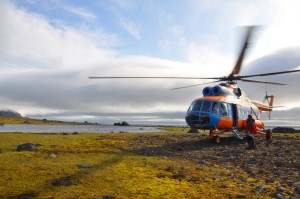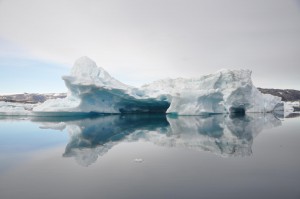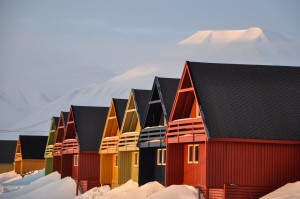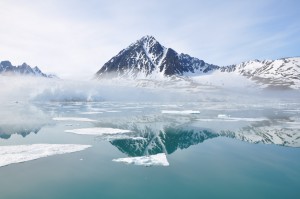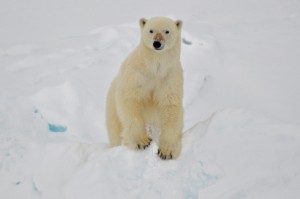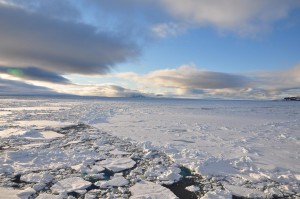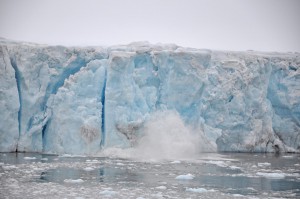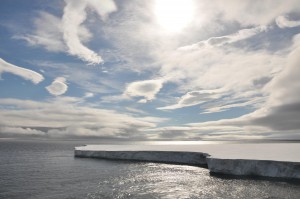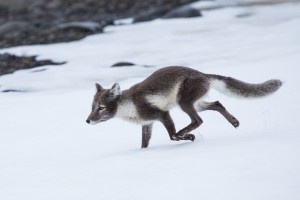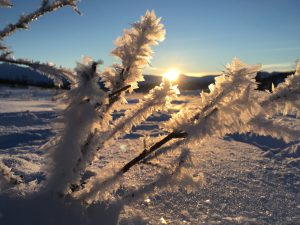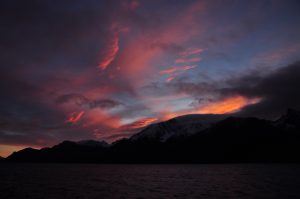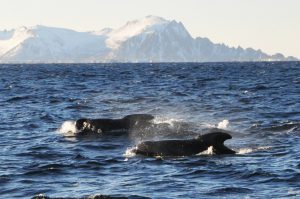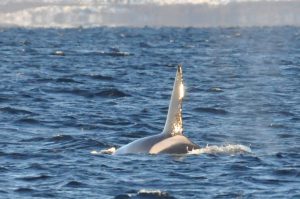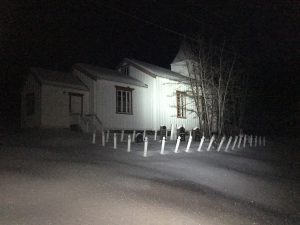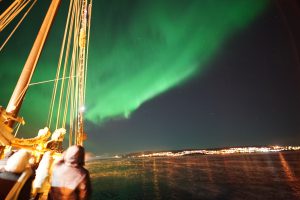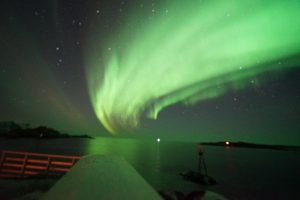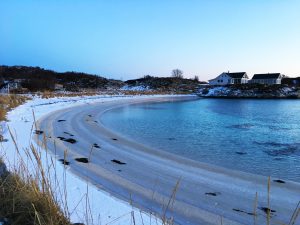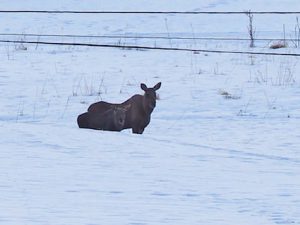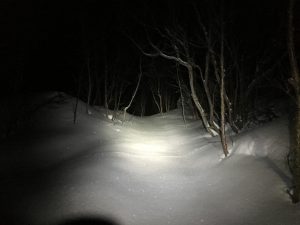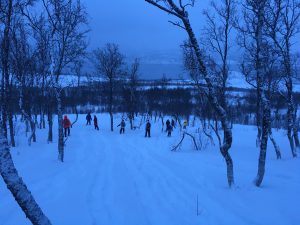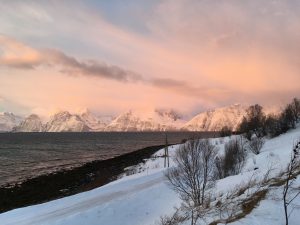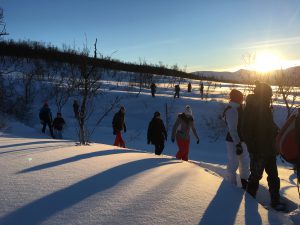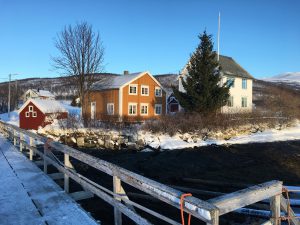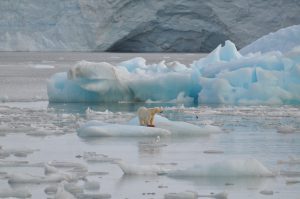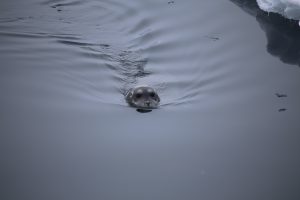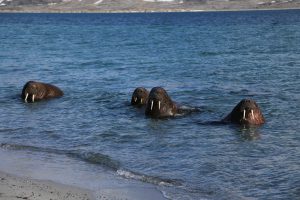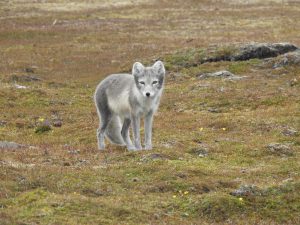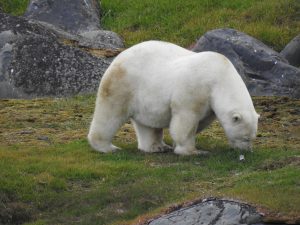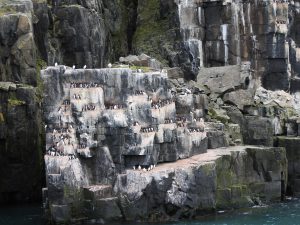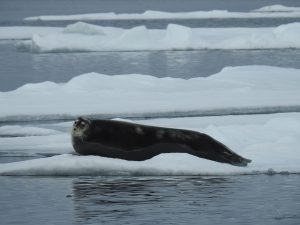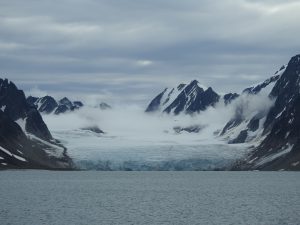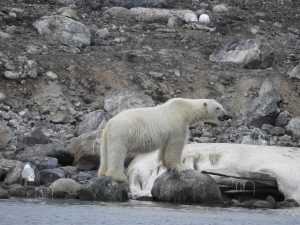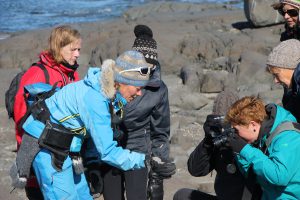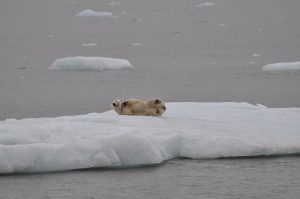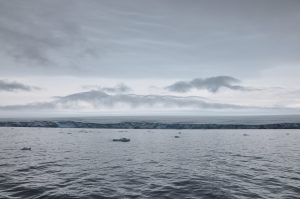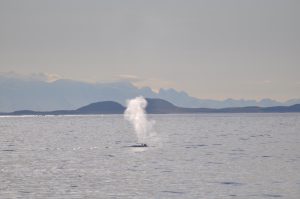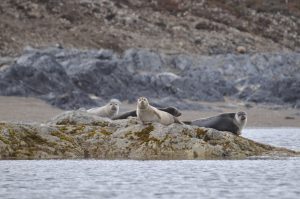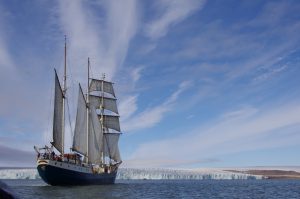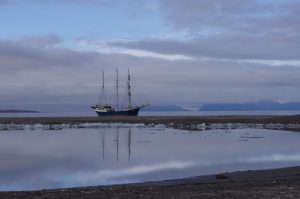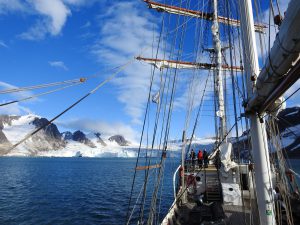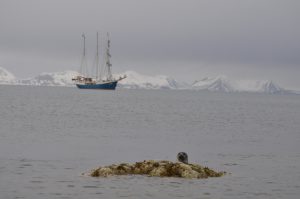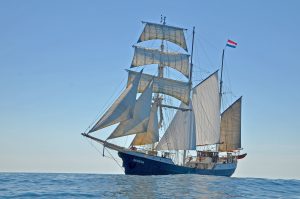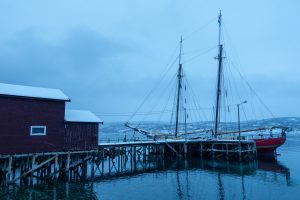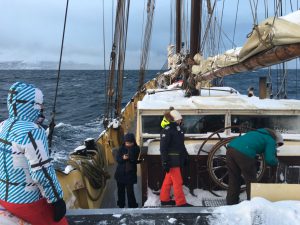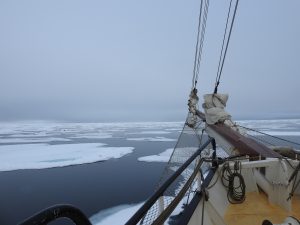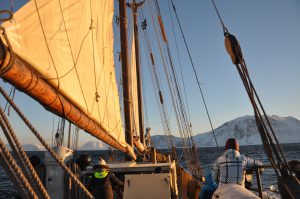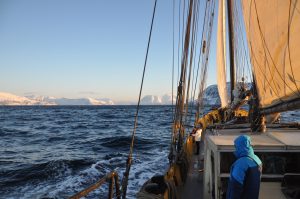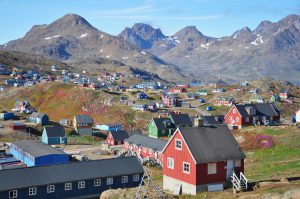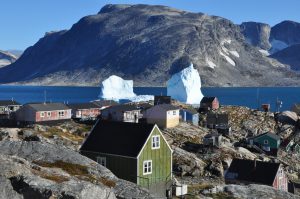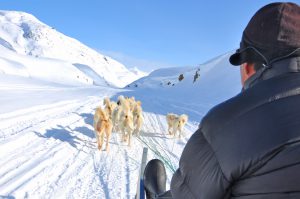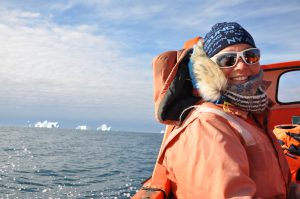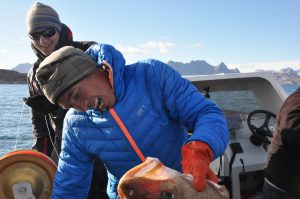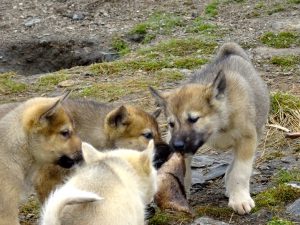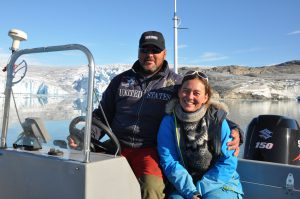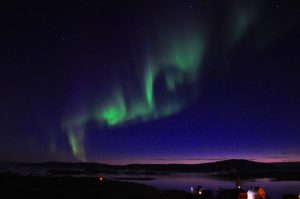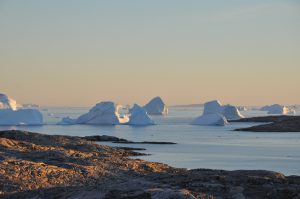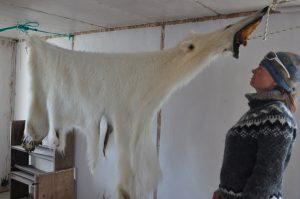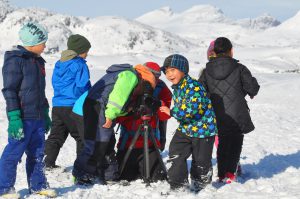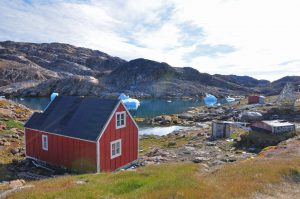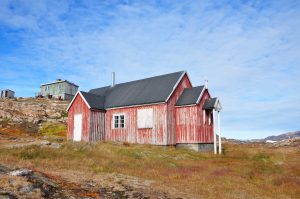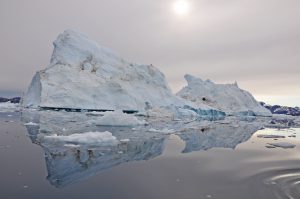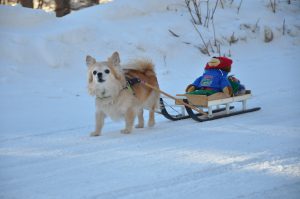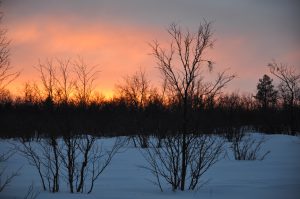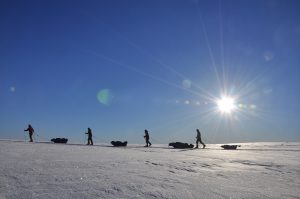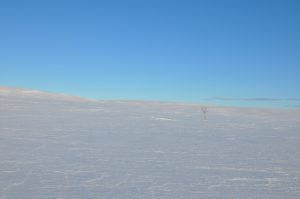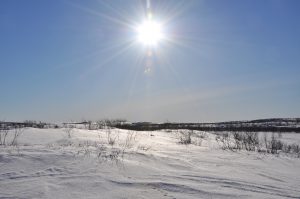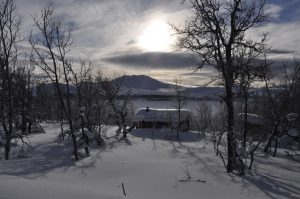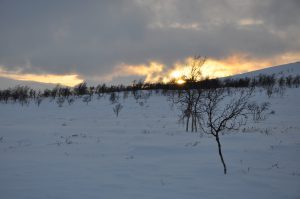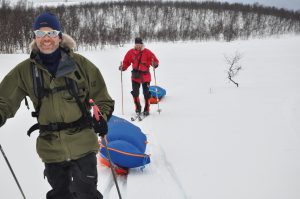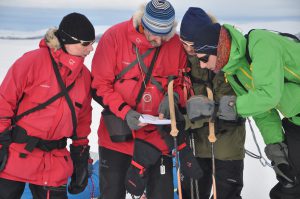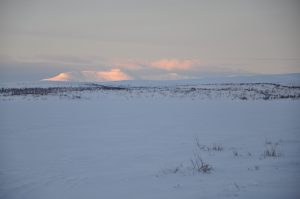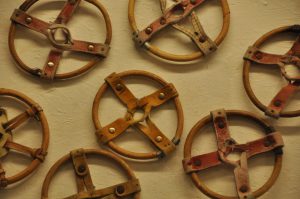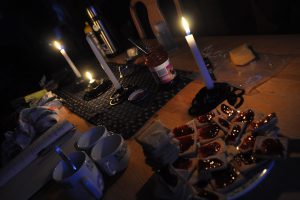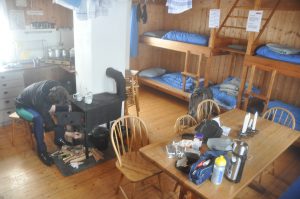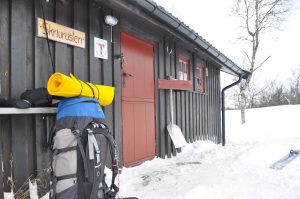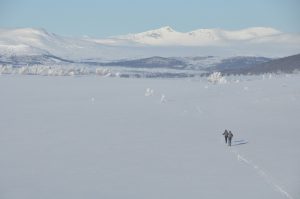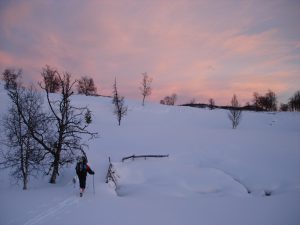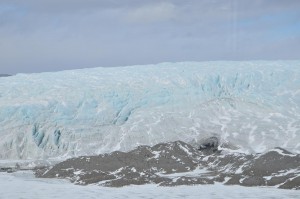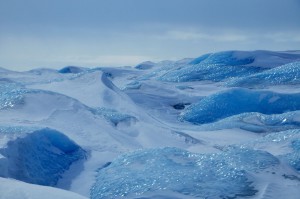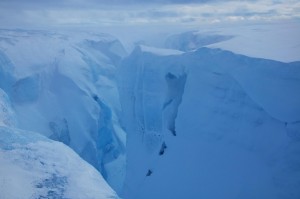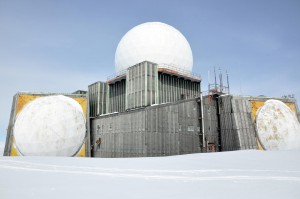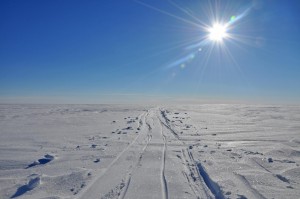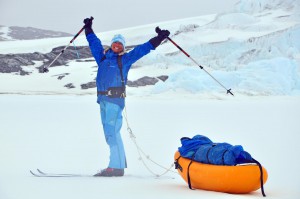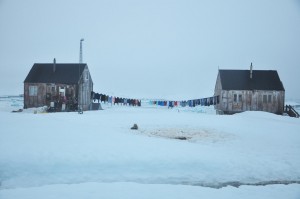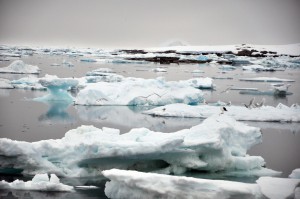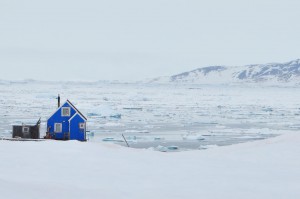Experience the fascination of the Arctic!
Travel by sailing ship Travel by motor ship Individual trips Ski tours
Current offers / Cancellations Traveling with Birgit
Please see my current thoughts about travel in times of Corona
The Arctic is a fragile yet wonderful travel destination. By choosing the right trips, you can carefully explore this special world, learn about the ecosystem, enjoy the enchanting light and experience touching encounters with the Arctic wildlife.
However, the Arctic is not a zoo, but a fragile ecosystem in which we are no more than guests. The trips I provide take this fact into account as far as possible. I offer sailing boats (20-32 guests) and small motor boats (12-110 guests), accompanied by expert guides who explain the flora and fauna of the area. You can experience nature as close up as possible, while still taking care to minimise the negative impact of tourism. I also have a range of selected ski tours on offer. A brand-new service is my advice for individual trips to East Greenland. I accompany a number of the trips myself every year.
You would like to book a trip to the Arctic?
Travelling by sailing ship: winter in northern Norway, summer in Spitsbergen
Voyages by sailing ship are a very special experience because they allow close-to-nature travel without disturbing the wildlife. SV Antigua, SV Noorderlicht and SV Rembrandt van Rijn are Dutch sailing vessels that travel in northern Norway during the winter and in Spitsbergen in the summer. The sails are set as often as possible; you are not obliged to help, but it is a lot of fun to pull on the ropes together!
Winter travel in northern Norway. The trips leave from Tromsø and usually take a week. The Mørketida, as the dark season is called, is a very special season in northern Norway. The darkness makes everything slower, cosier, tiny lights burn in the windows of the wooden houses. And the whales are coming. Orcas and humpback whales follow the herring into the fjords of the north and eat their fill. It is a wonderful time to watch these animals. Between November and January we have but a few hours of daylight to look for whales. But we also make full use of the rest of the day – we go hiking in the dark. It is possible! And it is beautiful! In February and March, we can observe sperm whales and take more walks during daylight.
We turn off our headlamps. The snow-capped hills reflect the light of the full moon above us. Everything is silent. Then we start our way back down the slope in jaunty jumps, snowshoeing in dusty powder snow, back to the ship, to an evening full of polar lights and a new day, to precious hours between orcas and humpback whales.
*****
Summer travel in Spitsbergen. The trips leave from Longyearbyen and last between eight and seventeen nights depending on travel time, either along the west side of Spitsbergen or around Spitsbergen. Travel time is from the end of May to October, with very varying light conditions and therefore very different trips – at the beginning and end of the season you may see polar lights, in mid-summer you can experience the polar day. At the beginning and at the end of the season the trips are shorter due to ice and weather, in the short summer months July and August circumnavigations of the archipelago are attempted. Without guarantee. Voyages with the sailing ships allow entry into fjords and landings in places that are often denied passage to larger vessels. We are very dependent on wind, weather and ice – and plan our route anew again and again, taking ever different routes for ever different experiences. We react in accordance to nature’s whims, and do whatever is most beautiful.
The sea around us is as calm as a millpond. 25 people are on deck; but you could hear a pin drop. We set anchor. We wait. Then they come. A school of belugas. We hear them sing, breathe. They swim past us snorting, and then something unbelievable happens: they turn around. They come back to dive around our ship curiously, looking up at us from the water. And then they swim on.
Any questions? Just write to me!
*****
The SV Antigua. The SV Antigua is a so-called Tallship, a beautiful Dutch sailing ship. It accommodates 32 guests in 16 cabins, all with portholes, some have beds on the floor (base-beds on the floor), others have bunk beds, all have their own bathroom. The sails are set as often as possible; but you are not obliged to help. Three Zodiacs allow fast transfers onshore and zodiac rides up to glaciers or through ice. Because several guides are on board, you can choose between long and short hikes every day.
.
*****
The SV Noorderlicht. The SV Noorderlicht is a former lightship, which was converted into a very comfortable two-master. 20 guests find their place in ten small cabins with bunk beds and shared bathrooms. On this vessel too, the sails are set as often as possible, and assistance is very welcome here not only when sailing but also when clearing the table. The crew of SV Noorderlicht consists of just five people: three boaters, a cook, a guide. As is normal on sailing ships, everyone helps each other. Landing is done with a Zodiac. Dividing into groups is not possible on the Noorderlicht, especially in Spitsbergen.
*****
The SV Rembrandt van Rijn. The SV Rembrandt van Rijn was converted from a fishing ship to a three-master. It accommodates a maximum of 33 guests in 16 cabins, which are served by twelve crew members. All cabins have their own bathrooms, not all a porthole. Two guides allow you to split into two groups, and two zodiacs can also be used for tours of the ice world.
top
Travel by motor ship: Small and exclusive or slightly larger to Spitsbergen
Small and exclusive on board the MS Cape Race. Among the many ships heading north, the Cape Race is special in every way. At the end of 2017, Nikolaus Gelpke, the publisher of the marepublishing house and editor-in-chief of the magazine mare, bought this ship, which was built in 1963. In 2018 and 2019 he had the Cape Race extensively rebuilt and renovated, without detracting from the stylish old splendour of the cabins or the mahogany panelled saloon of the ship. Seven crew members and two guides are responsible for only twelve guests. Guests are accommodated in four double cabins, a triple cabin and two single cabins, each with their own bathroom.
With two guides on board, the small group can split up once on land. This makes very individual experiences possible; these trips are therefore especially well-suited for photographers. In 2020, there will be several German-speaking Spitsbergen trips on the Cape Race, each leaving from Longyearbyen.
*****
Traveling with the MV Plancius. The MV Plancius is the largest ship I offer with 108 guests. I particularly like the Plancius because, despite her size, she is a very cosy ship with a small feel to her and is above all: very quiet. She was built in 1976 for the Dutch Navy and since 2009 has been operating as a passenger ship in Arctic waters. The advantage of larger ships is without question their speed. Thus, it is possible for the MV Plancius to circumnavigate Spitsbergen in less time than the sailing ships, she is less susceptible to wind and wave, and you also have the opportunity to see sea ice on the Plancius at times when it is already too far north and out of reach for smaller ships. She can also travel deeper into sea ice than one would dare to with a sailing vessel. Ten Zodiacs allow relatively quick landings and, once on land, guests are divided into three groups led by eight guides. The open decks have enough space to enjoy wildlife viewing and the bridge is often open to passengers.
top
Any questions? Just write to me!
Individual travel:
(Almost) on your own to East Greenland
One completely new offer are individual trips to East Greenland, for which I help interested parties with their organisation. Independent travel here means truly independent travel. Many are reluctant to tour a country like Greenland on their own but, especially in Greenland, also do not want to travel by ship because contact with locals or a real insight into today’s Greenlandic life is hardly possible on the short visits to the villages. With the exception of a few restrictions, solo travel is quite possible in East Greenland. In 2015 and 2016 I spent several months in East Greenland, in the Ammassalik region, as well as in Tasiilaq and the surrounding villages. I also spent time with hunters there. I wrote down my experiences from that time in the book Today we go Whaling. When I left the village of Isortoq, I was asked how I had enjoyed my stay there. I replied: It was a dream. The villagers answered: Then come back, and bring lots of people with you.
I would really like to do that. The hunters of East Greenland have so much knowledge, they can show us and allow us to experience so much. Due to many adverse social and political developments, it is no longer possible for these hunters to live off the hunt, but there is hardly any other work in East Greenland. Well-managed tourism holds a great opportunity for these people. Anyone who is willing to take on the challenge and wishes to experience Greenland the way it truly is, who wants his or her money to reach the Greenlanders directly and not go to foreign tour operators, can approach me for a comprehensive consultation on such a journey. I can establish contacts in the villages and help organise a huge range of other experiences, turning a trip to East Greenland into a unique adventure. The prerequisite is a high degree of flexibility, and the ability to simply let things happen.
Any questions? Just write to me!
Skitours:
Ski tours: Through magnificent landscapes on skis
The sun is low and we look over a wide, white land, stunning hills and mountains. In the middle of this fantastically wild landscape we see a small, red hut with white window frames. Our home for the night. We head for our shelter, content from the day we have spent with our team out in the snow. We heat the hut cosy warm in an instant. Life could not be better!
Friluftsliv in Norway – ski tours through Espedalen or Finnmark.
Norway offers a wide range of fantastic ski tours in winter. With Kuling Trekking I have found a partner based in Oslo who offers selected and very well prepared ski tours in different regions of Norway. Traveling with Kuling Trekking is like traveling with friends who organise everything! I met Christoffer and Paul in 2013 during my expedition through Greenland. In 2015 we crossed Finnmark together. On the tours through Espedalen we sleep in huts and carry our gear in rucksacks. The tour through Finnmark has more of an expedition character: Sleeping in tents, the luggage is transported in sledges which we pull along behind us. The temperatures can drop down very low, which they have unfortunately not done in recent years. These are wonderful tours through enchanting landscapes, they are not too exhausting and, especially with the Finnmark Tour, you gain a nice insight into modern expedition touring and learn what you need to know and must be able to do. Please ask me for more information or check it out here:www.kulingtrekking.com
*****
The morning is cold. The snow is hard, the sled hangs heavy on the hips, the skis sing over the deep sastrugi. The sun’s rays glitter hesitantly through the ice crystals in the air. With each step, your blood flows through your veins stronger, warms your muscles, and soon you are warm under your protective shell. Your gaze glides to the horizon, white-blue-white. You are passing through a dreamland.
Greenland – across the largest island in the world on skis: He or she who wishes to cross Greenland experiences a land of unimaginable beauty in its full splendour. The adventurer gets nothing for free here. Wild winds rage about you, deep crevasses threaten you, and the monotony and sheer expanse gnaw at your interior, while you are plagued by low temperatures and a never-ending wind. The reward is the countless moments of breath-taking beauty, out in nature, and in collaboration with your team.
Who crosses Greenland, returns as another person.
Crossing Greenland is a dream. In 2013 I fulfilled this dream on a self-guided tour from west to east, from Kangerlussuaq to Isortoq. If you also wish to fulfil this dream, but do not have as much time or experience, I recommend joining a guided tour. This spares you the time-consuming and nerve-wracking work of organising flight bookings, logistics, permits and a gun – and a good expedition leader with a wealth of experience is invaluable during such a crossing. The experience of the crossing is in no way diminished by joining such a group: you still have to walk the distance, set up the tent, cook the food and take the lead for hours on end in a group. It just makes it a whole lot safer.
The journey begins in Kangerlussuaq, where the sledges are packed. From there we take a jeep bus to the ice edge, Point 660. The ice builds up in front of us in waves. These waves mean that over the first several days, in which we only cover a few kilometres of distance, we have to climb with the sledges, either with crampons or skis, depending on snow conditions. After a few days, the mountains disappear behind the horizon and we are on the ice cap. At about day 12, we arrive at DYE-2, the abandoned US radar station dating back to the Cold War. Then we make our way up to the saddle, the imperceptible highest point. After that we head down all the way to the east coast. The hope to be able to ski down from the highest point is only fulfilled for a very lucky few. It is either a storm, or fresh snow, or sticky snow. The distances over which the skis can actually glide downhill are short. But all the more rewarding for it.
After about 560 kilometers, 25-28 days, we reach a small hut near Isortoq. From there we descend one last section downhill and we are at the sea. If it is still frozen, we walk the last few kilometres into the village. If the ice has already broken up, we can go by boat to Isortoq and be back among other people for the first time. In Isortoq we spend one night in the local service building, before we take the helicopter to Tasiilaq. From there on to Kulusuk and over Iceland back home.
Any questions? Just write to me!
top

